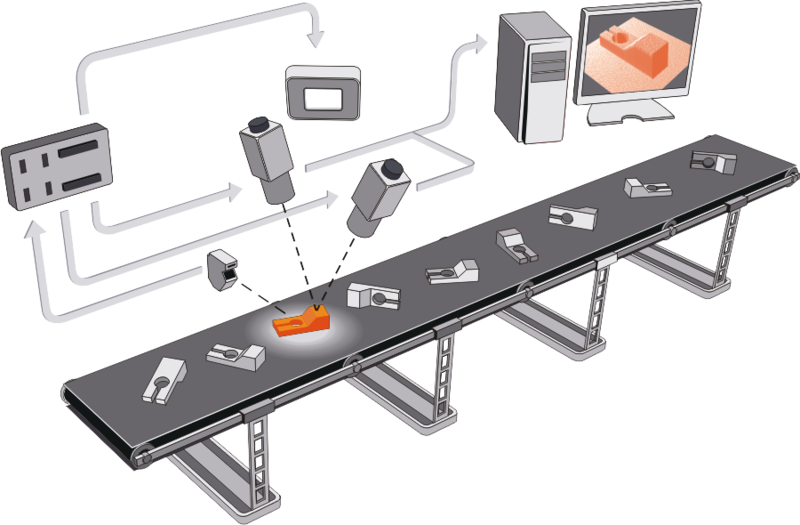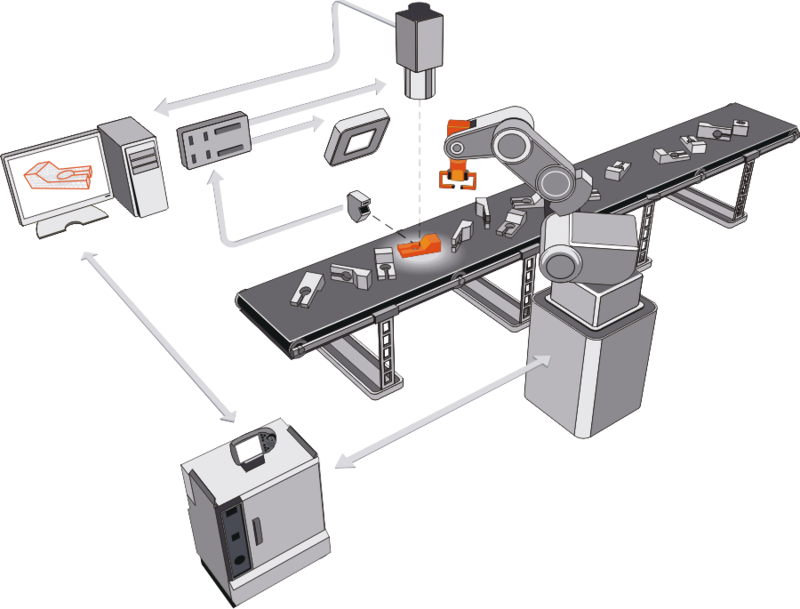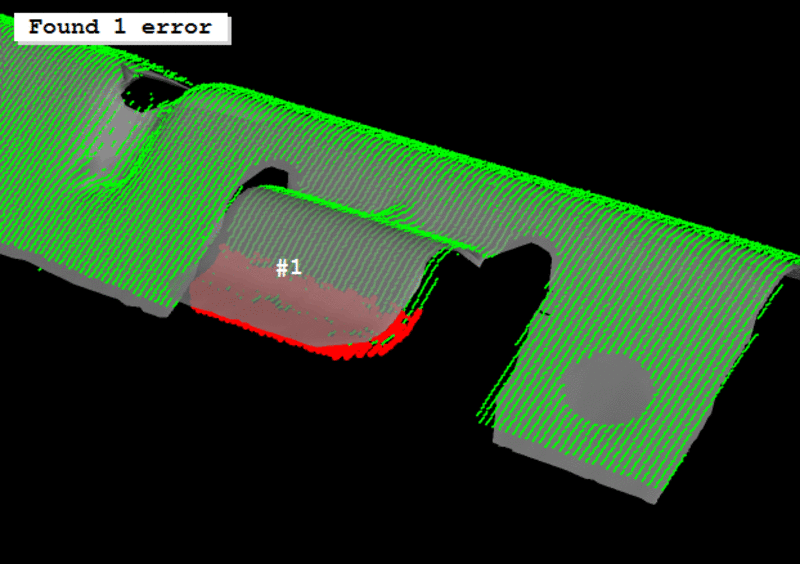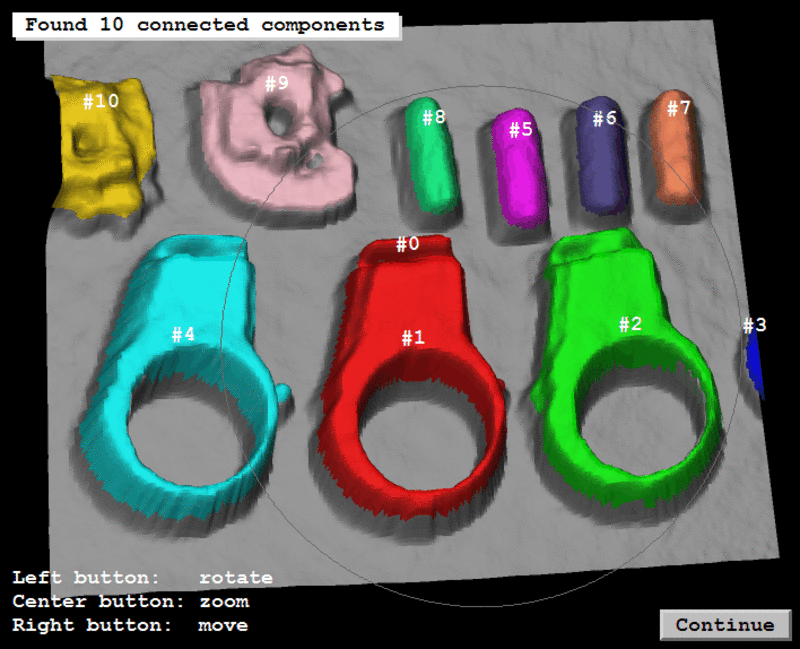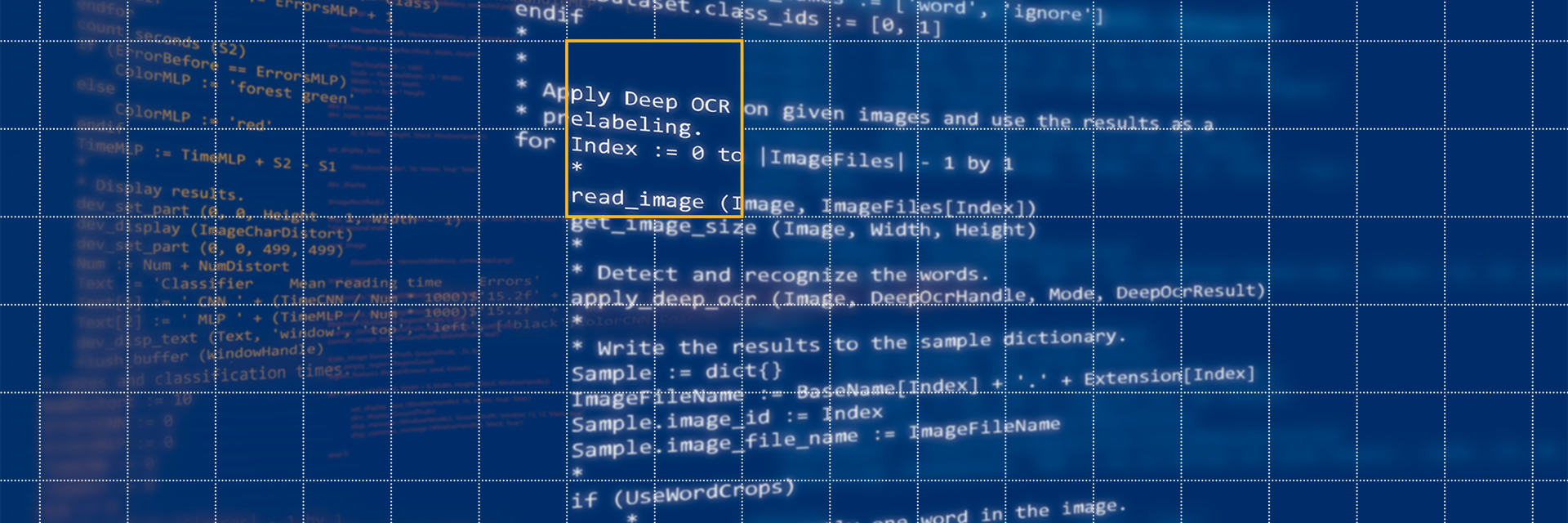
3D vision
In industrial applications, e.g., within the Industrial Internet of Things, 3D vision is the acquisition, processing, and utilization of image-derived three dimensional data to affect or control a mechanical system or process. This allows to realize applications that could not be solved with 2D approaches. Technologies like HALCON's "3D scene flow" can even be used to predict the motion of objects (try out HALCON for free here).
As "eye of the production" MVTec’s software supports all aspects of 3D vision, such as:
- 3D reconstruction
Image acquisition Interfaces are provided for numerous commercially available 3D sensors. MVTec software products also offer tools for constructing 3D depth maps or point clouds from image techniques like multi-view stereo or sheet of light imaging. Furthermore the software enables smoothing, sub-sampling, and triangulation of points for efficient processing and improved visualization.
- 3D registration
MVTec software allows customers to generate a complete 360 degree representation of an object by aligning 3D point clouds from multiple 3D images.
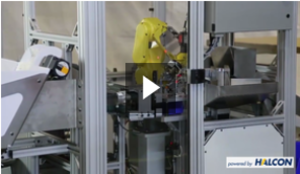
- 3D object localization methods
- Surface-based 3D matching
This tool searches for arbitrarily shaped 3D objects in a scene and determines their pose in 3D space. It locates multiple objects in a single scene even if objects are partially occluded or not entirely contained in the scene.
- Generic Box Finder
Moreover, the generic box finder is able to locate boxes of different sizes within a predefined range of height, width, and depth, removing the need to train a model. This is a powerful tool for robotic bin picking and automated portioning systems as well as many more 3D machine vision applications.
- 3D object processing
Similar to blob analysis in 2D, MVTec’s software
enables developers to measure and extract various features from 3D point clouds as well as segment point clouds based on those features. Background points can easily be removed via thresholding, and point clouds can be intersected by a plane to create a 2D cross-section profile.
- 3D surface inspection
Alignment of an acquired 3D point cloud object with a known object model or point cloud template enables users to check for and locate variations and deviations in the surfaces profile of manufactured parts. Our software also supports deflectometry. This method is used to inspect specular and partially specular surfaces. It uses the reflections on specular objects by observing mirror images of known patterns and their deformations on the surface.
Application examples
Find out how customers use MVTec software to develop high-innovative solutions with 3D Vision.

